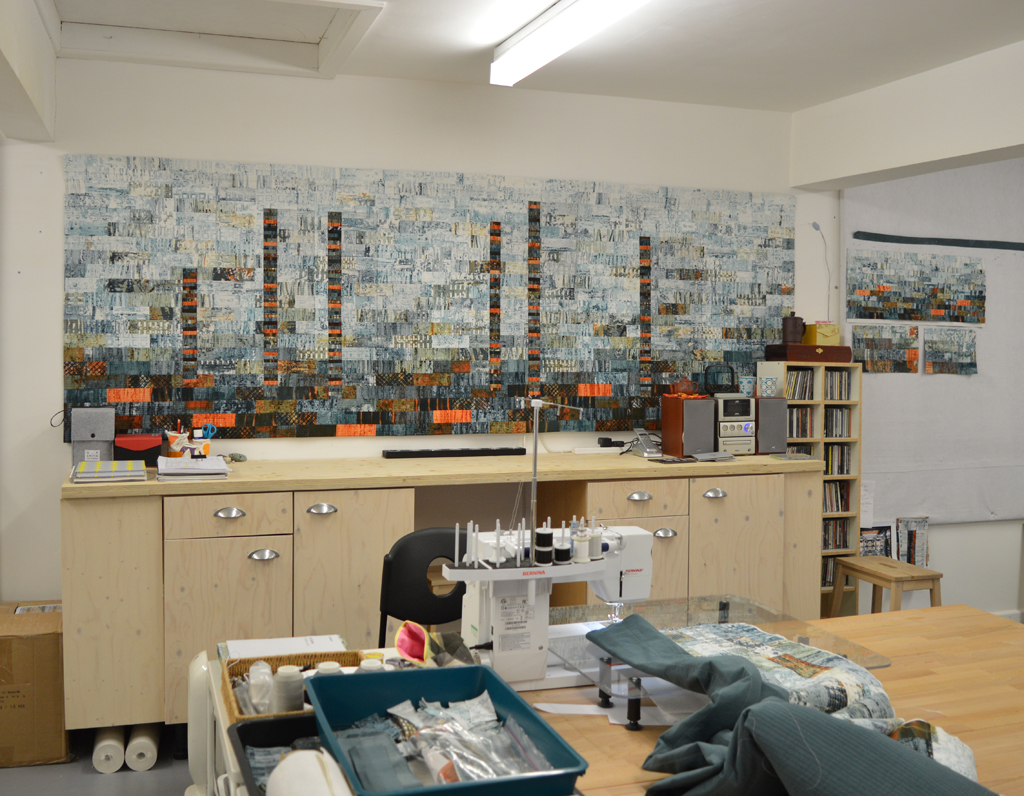 I used the back wall of my studio to photograph Ruins 5 as it is the only space I have that allowed me to do so without using a wide-angled lens. I had to move music system, CDs etc out the way but this seems a small inconvenience compared to finding and possibly hiring somebody else's white walled studio / gallery space. This is about the widest piece I'll be able to photograph with my studio in it's current configuration. Would that stop me working on a larger piece in the future? No - I think I work best when I don't set constraints, when I let each piece be the size the piece wants to be.
I used the back wall of my studio to photograph Ruins 5 as it is the only space I have that allowed me to do so without using a wide-angled lens. I had to move music system, CDs etc out the way but this seems a small inconvenience compared to finding and possibly hiring somebody else's white walled studio / gallery space. This is about the widest piece I'll be able to photograph with my studio in it's current configuration. Would that stop me working on a larger piece in the future? No - I think I work best when I don't set constraints, when I let each piece be the size the piece wants to be.
I was planning on re-hanging Ruins 5 in our living room but have decided to leave it in the studio whilst I continue working on another large Ruins piece (on the sewing table) and whilst I consider different options for small Ruins pieces (on the design wall). There is something energising about surrounding myself with work from one series. It fills my head with new ideas but also helps me evaluate work in progress with a more critical eye. Another benefit of working in series rather than on isolated pieces!
 It has been a couple of weeks since I posted as I have been busy finishing the latest piece in my Ruins series. It combines elements of Ruins 1 and Ruins 4 but on a larger scale. The piece is 299cm wide and 102cm high and is going to be a devil to photograph! But it is a great example of how working in series is allowing me to gain confidence as an artist. Time is precious and I would not have started a piece of this size without being confident that it would 'work'.
It has been a couple of weeks since I posted as I have been busy finishing the latest piece in my Ruins series. It combines elements of Ruins 1 and Ruins 4 but on a larger scale. The piece is 299cm wide and 102cm high and is going to be a devil to photograph! But it is a great example of how working in series is allowing me to gain confidence as an artist. Time is precious and I would not have started a piece of this size without being confident that it would 'work'.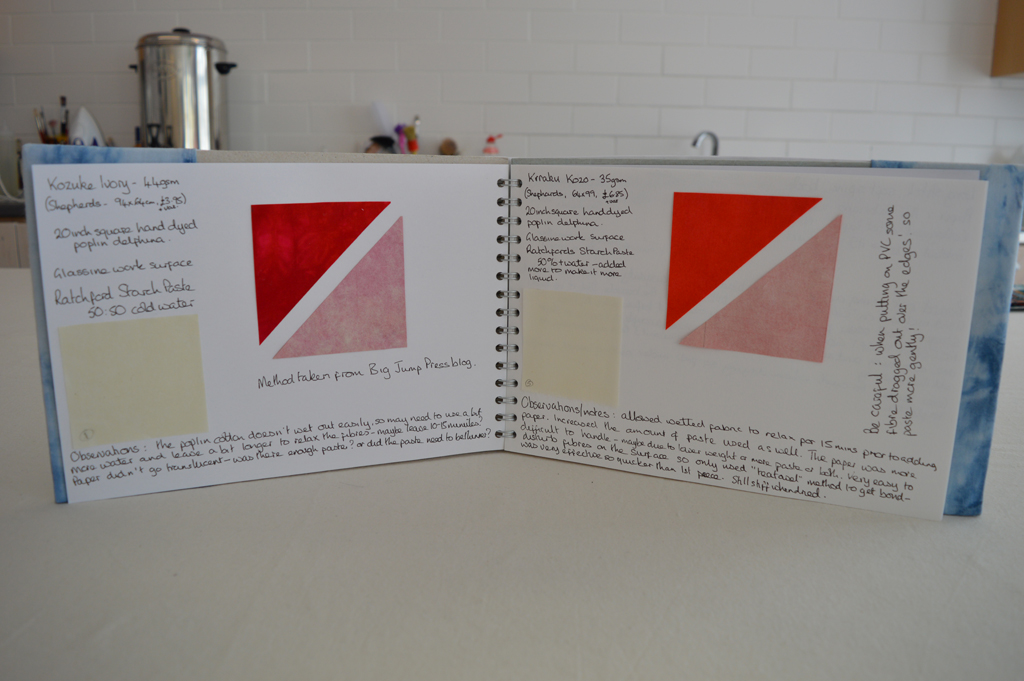
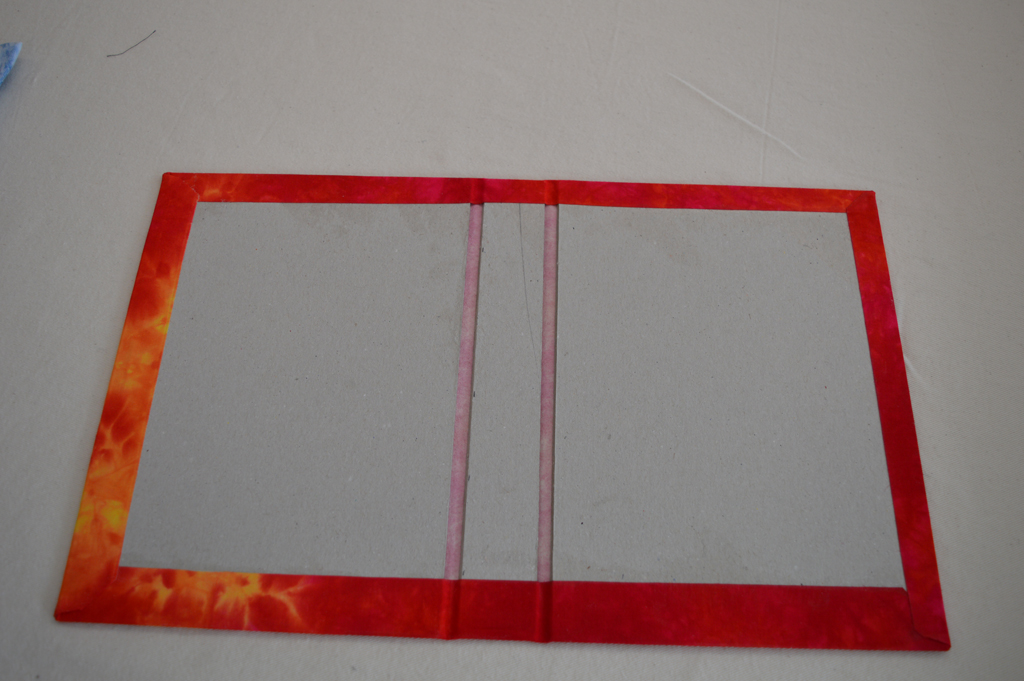
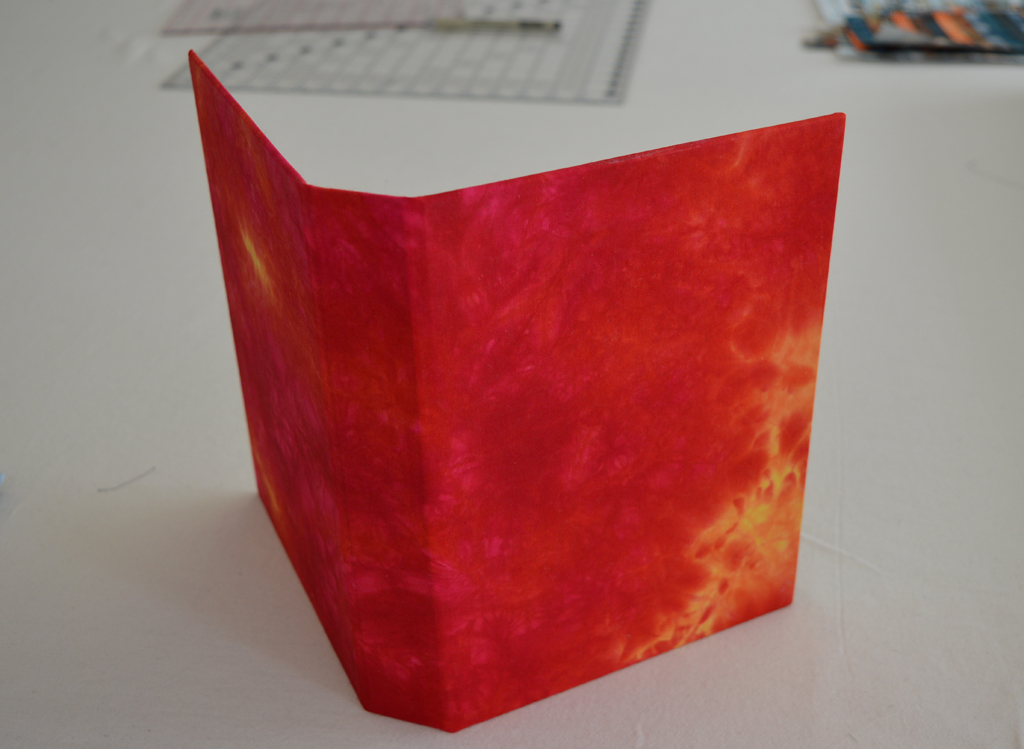
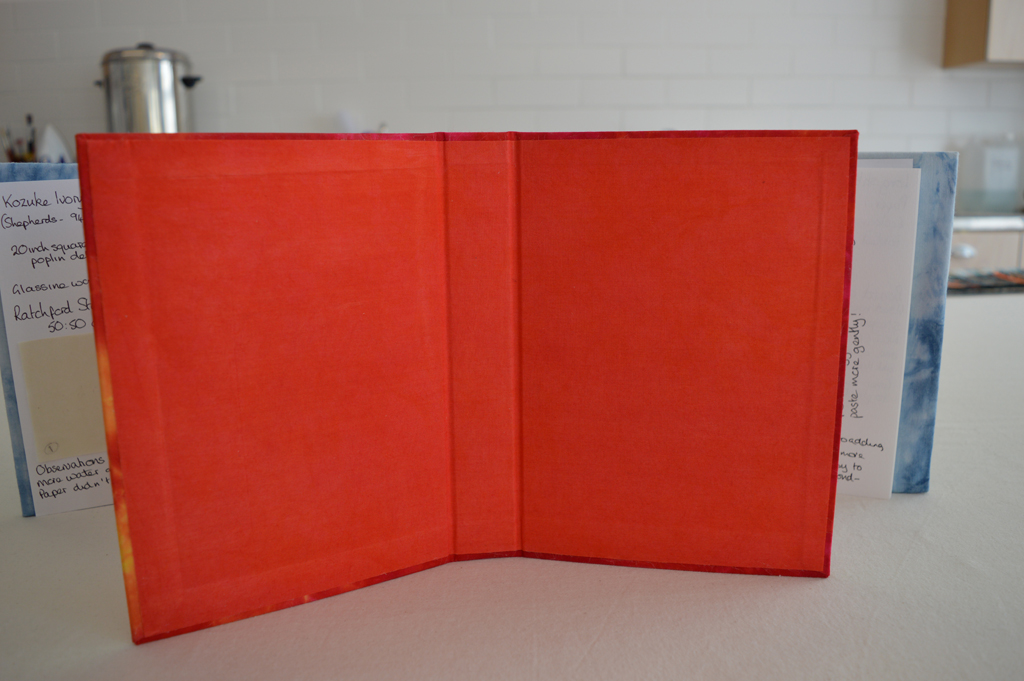
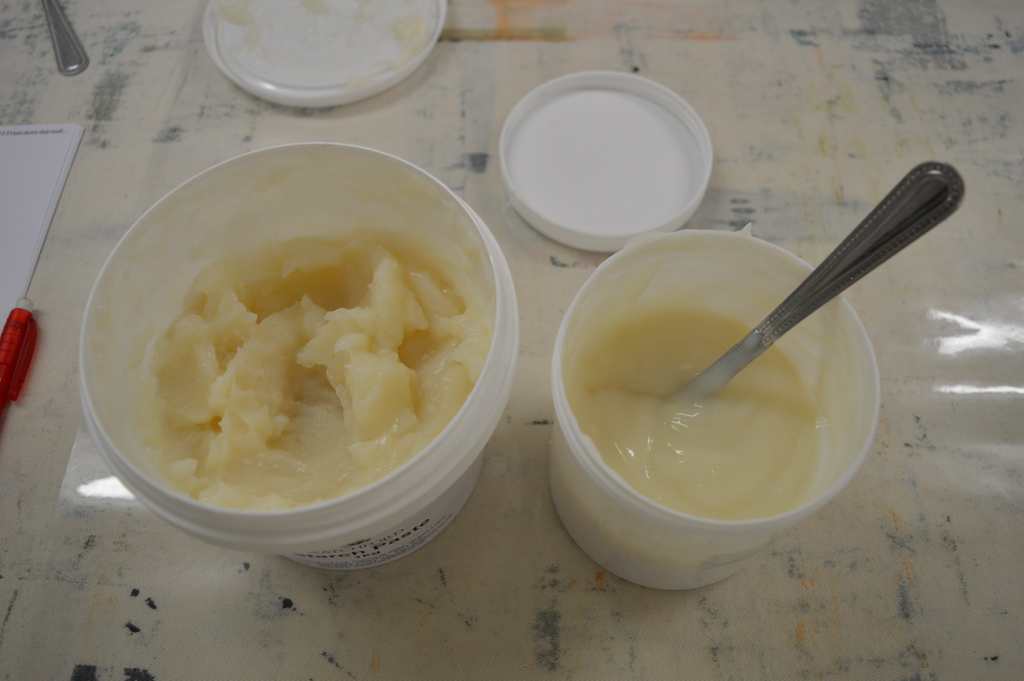
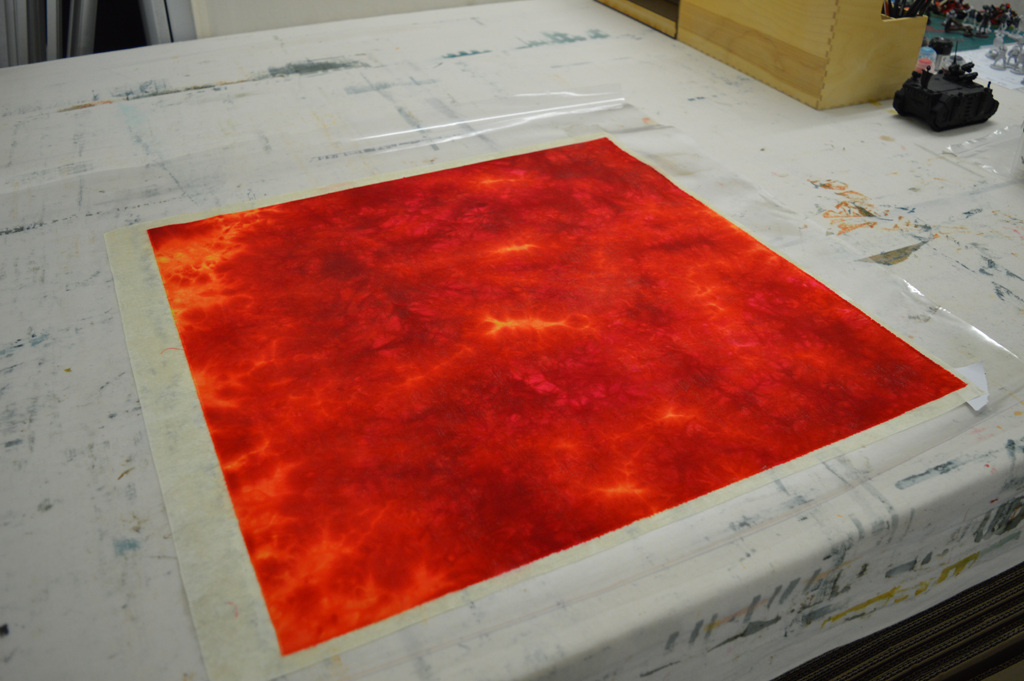
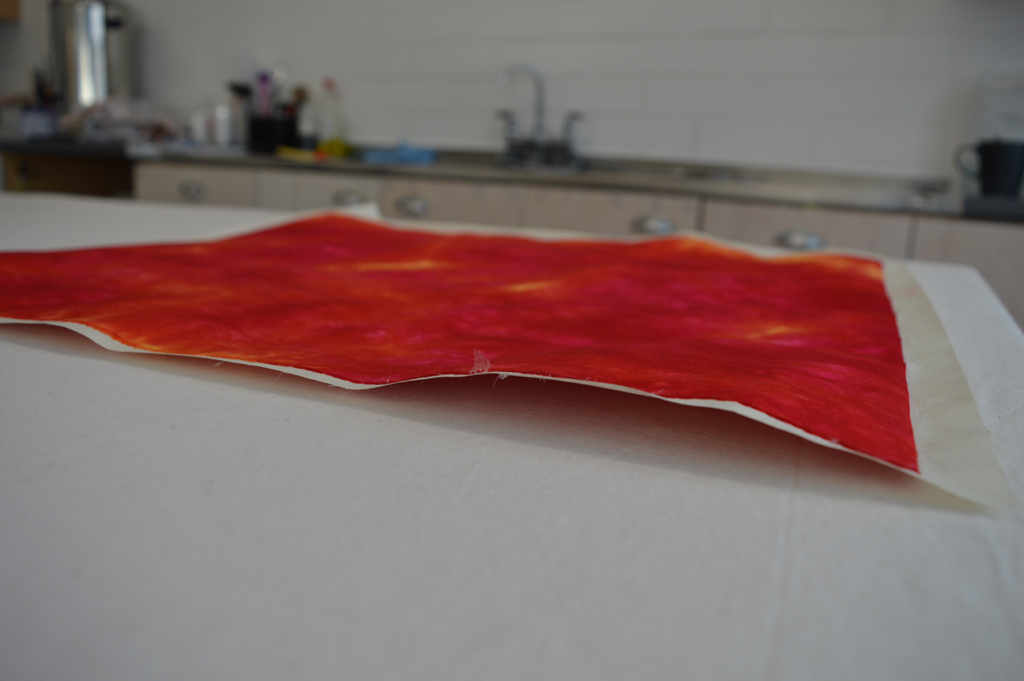
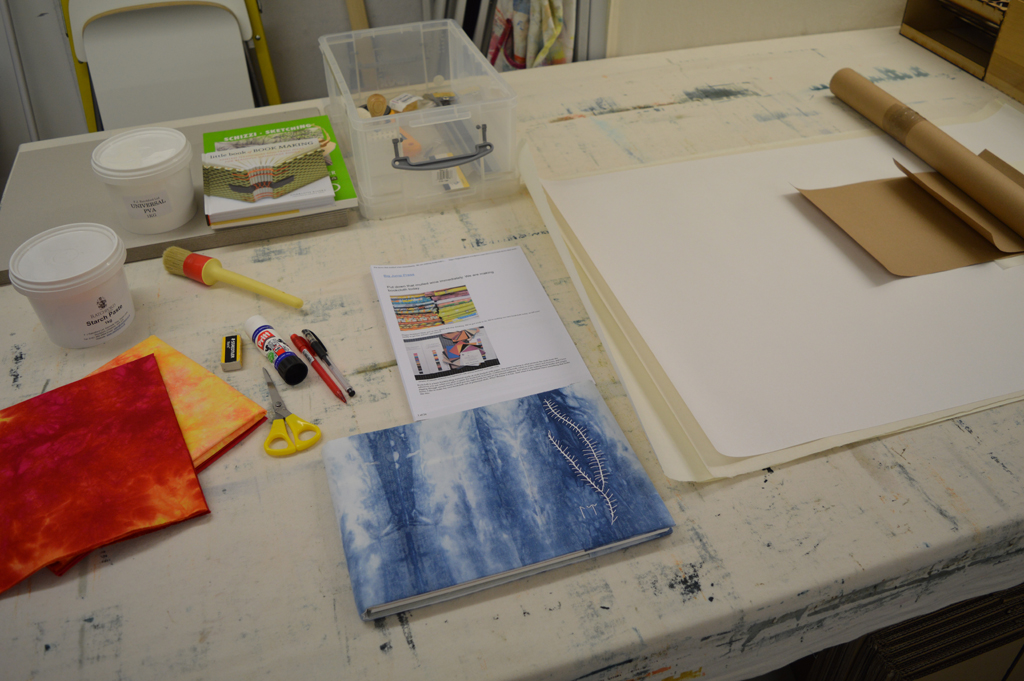
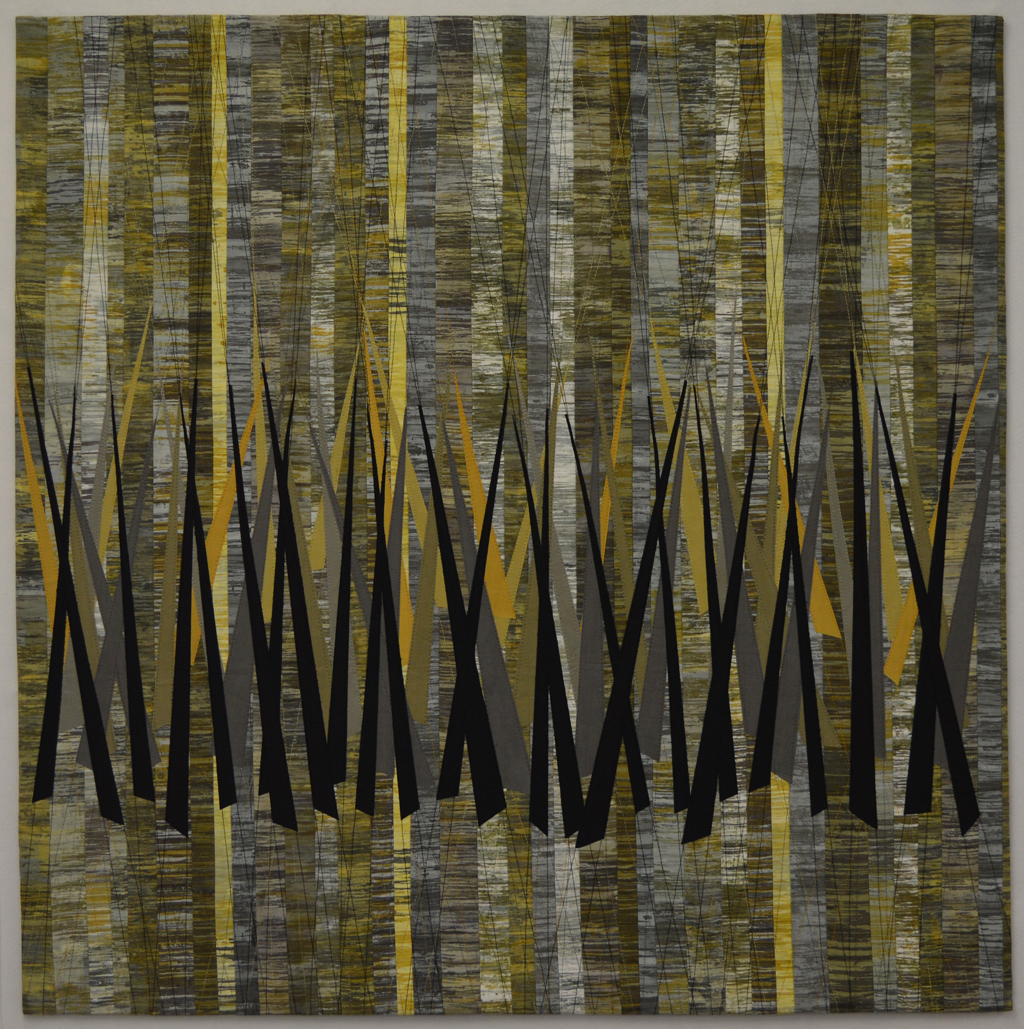 It has been a while since I have written about
It has been a while since I have written about  Whilst I am enjoying a very relaxed 4 day weekend in my studio
Whilst I am enjoying a very relaxed 4 day weekend in my studio 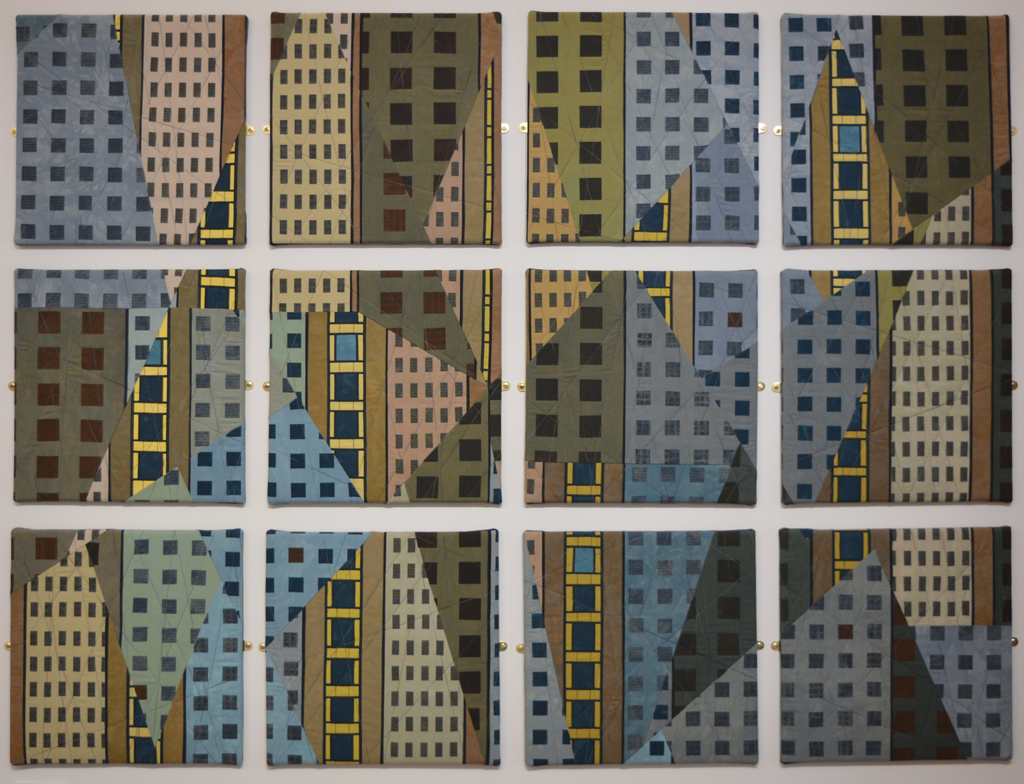 The best thing for me about the
The best thing for me about the 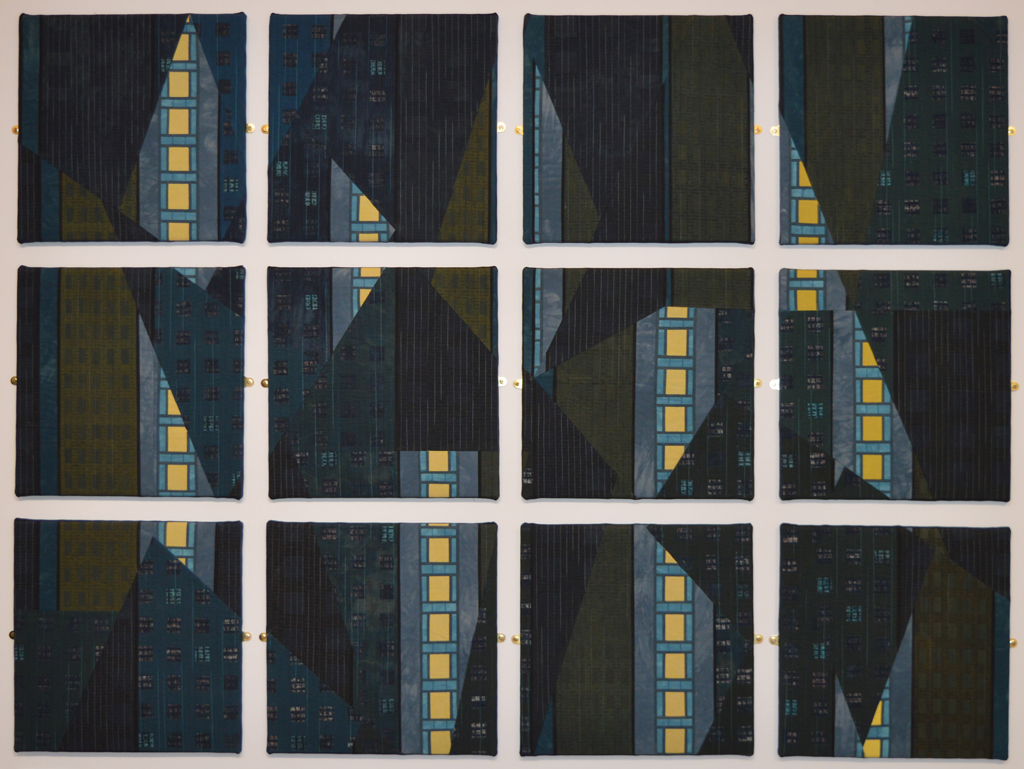
 The
The 
